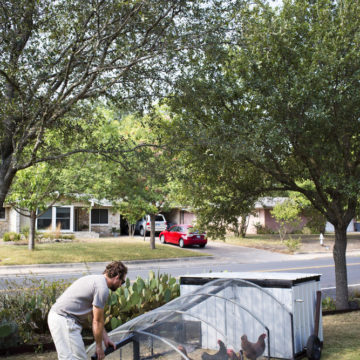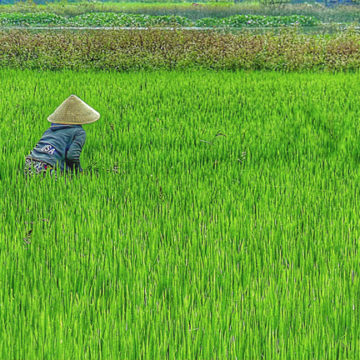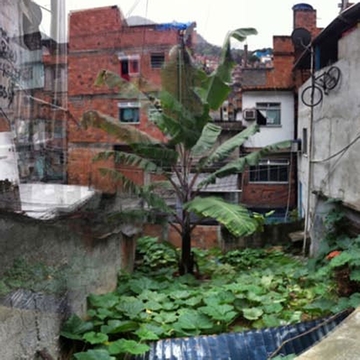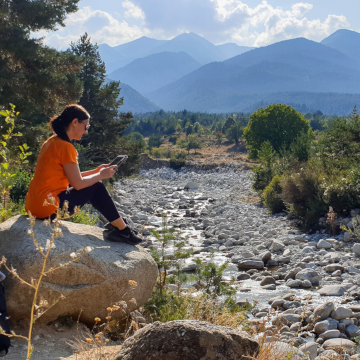What’s Really Toxic in the Anthropocene?
Picture this scene. It’s a small village in rural Africa or Indonesia or Haiti. Houses may be built from scrap lumber topped with metal roofs or from mud topped with thatch. It’s evening, and in the fading light, plumes of smoke escape through holes or pipes stuck into roofs. After a long day tending cattle, groups of men relax and lounge outside their houses or meet in the small local bar for a beer with their mates before heading home for the evening meal. Small boys, too young to join their elders in comradely conversation, play stick ball or soccer together as they, too, await the call for supper. Because they are cooking, adult women and growing girls do not appear on the dusty streets or lounge against doorways enjoying the suddenly cool breezes coming off the river.
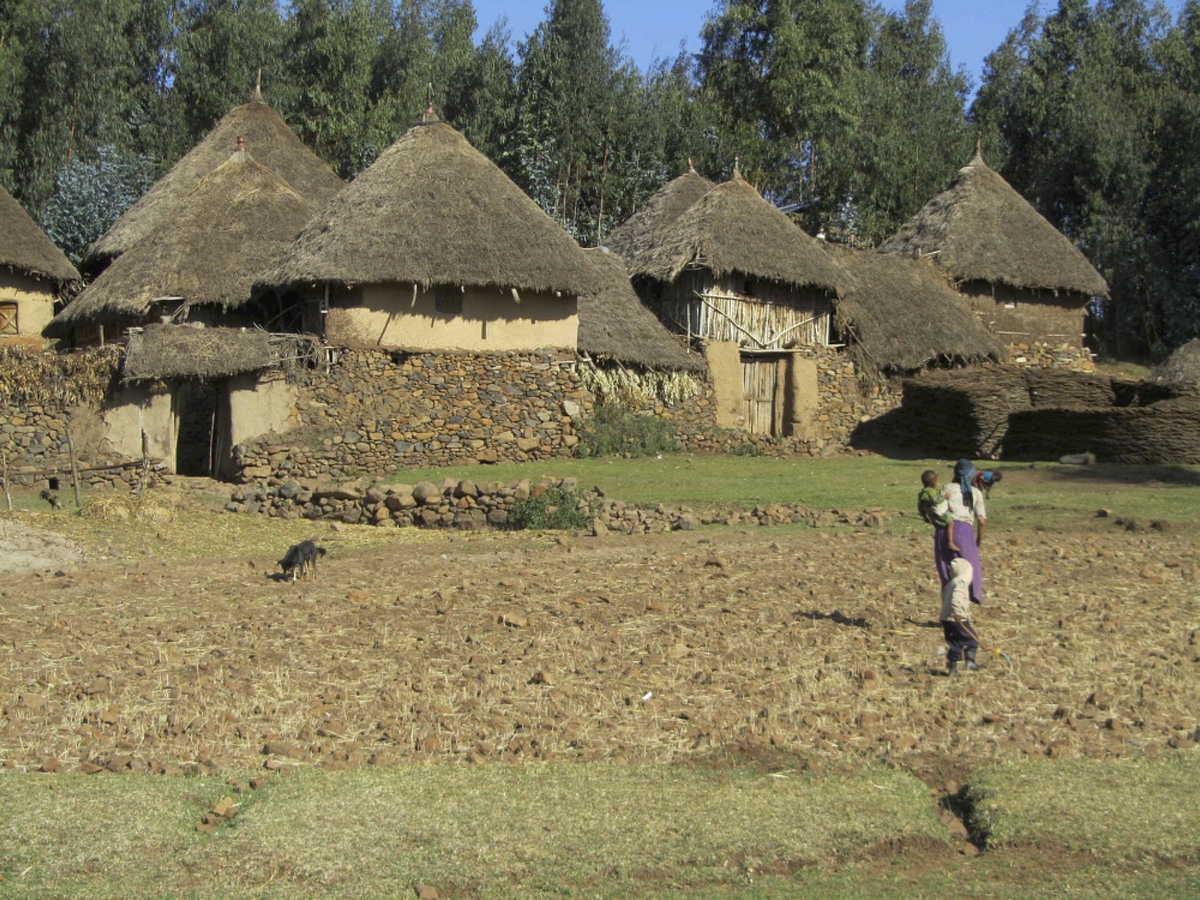
What does the urban Western traveler observe in this scene? Idyllic village life? A glimpse into a universal human past? A rustic respite for world-weary eyes? Or does this scene offer a glimpse of the gendered foundations of the Anthropocene’s environmental hazards?
It would be easy not to notice the rigid gender structures at work in this scene, structures and conventions that empty village streets of females at mealtimes and confine them in interior spaces. It would be easy not to realize that those women who are paring the vegetables, grilling the meat or stirring the pots of grain that constitute their diet also breathe in the smoke from open fires or inefficient stoves. Most studies of the environmental hazards resulting from high levels of particulate pollution produced by the burning of solid fuels, such as coal, dung or wood, chronicle the risk of serious respiratory damage and even premature death. But they may not mention the gender distinctions that make millions of women and girls the most vulnerable victims of that pollution because they spend the most time tending hearth fires and breathing in their toxic fumes. Such studies may not emphasize that women and girls are most likely to suffer from the pneumonia, chronic obstructive pulmonary disease and strokes that are attributable to this single cause or notice that men are shielded from the worst consequences of toxic household fumes because their work and social activities tend to center outside the home.
Likewise, studies of nutritional deficiencies and food security may not acknowledge that village scenes like this one can also harbor a less obvious but equally insidious traditional gender distinction that is linked to the food shortages and nutritional deficiencies of the Anthropocene. That is, there is often a nutritional pecking order inside household walls once the men and boys are summoned home to eat. In many poor villages around the world, where food is often scarce, women and girls are expected to cook for the men and boys in their families, despite the risks to their own health, because male labor and income are considered primary for family survival. For the same reason, females may also be expected to serve the men and boys first and await the leftovers before (inadequately) nourishing their own bodies.
These gendered priorities are powerful shapers of human experience, and they persist despite the fact that women provide a significant portion of the world’s food supply (in some places as high as 80 percent),1 often through farming on small plots of land, both for consumption and for sale in the local market economy.
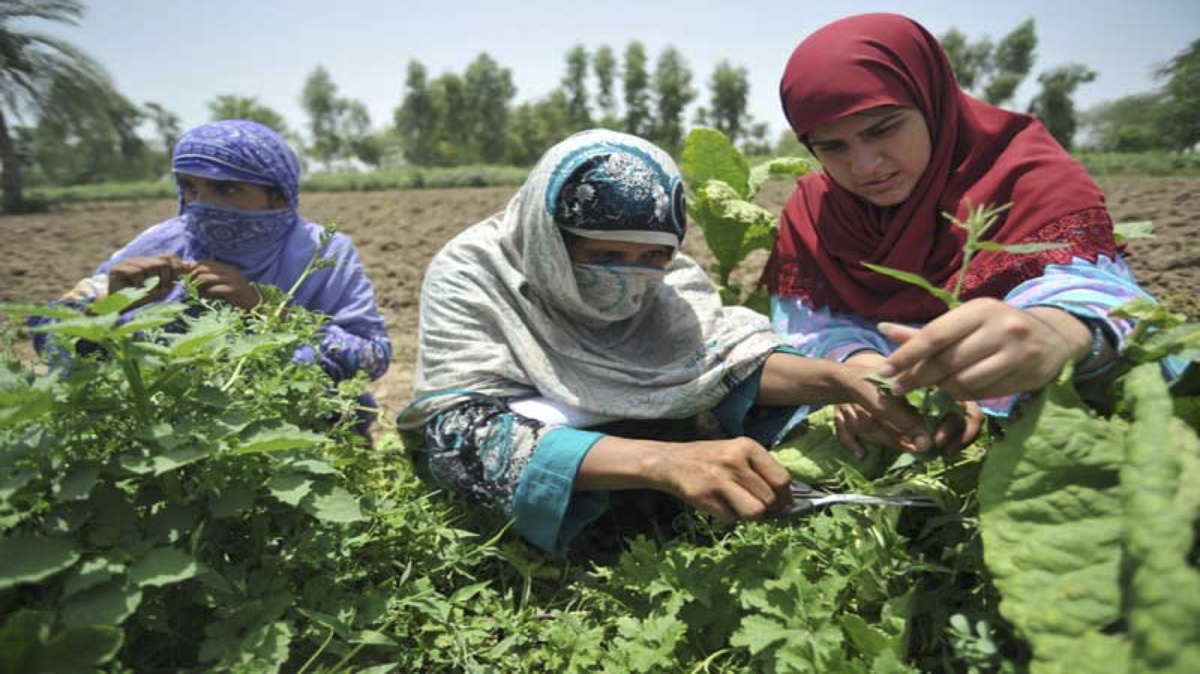
Indeed, women’s income from such ventures may be the primary source of their own and their children’s support, even if mothers are married. But discriminatory gender systems can obscure such crucial facts of human survival, just as the logics that allow people to ignore or deny human-caused environmental destruction so often obscure or discount inconvenient facts.
The SDGs compel us to see the interrelationship between such gendered examples of willful ignorance and inequality and the wicked problems of the Anthropocene. They ask us to recognize how the toxins that threaten human survival are not just directly environmental but also the direct and indirect effects of racialized and gendered power structures and oppressions. SDGs promoting gender equality and eliminating hunger and poverty are also considered interdependent in addressing those problems, because the way humans treat one another and the way we treat the earth and its resources are interrelated. The values and priorities of one set of behaviors mirror the values and priorities of the other, which means that effective climate action, pollution prevention and clean-up, and responsible consumption require parallel advancements in social justice. Humanity simply cannot achieve environmental sustainability by exploiting and neglecting the poor, the indigenous, the racially or ethnically marginalized, or the world’s women. To address the air and water pollution and the damaging meteorological and environmental effects of the Anthropocene, we must also eliminate the human hazards, inequalities, and gender structures that maintain them.
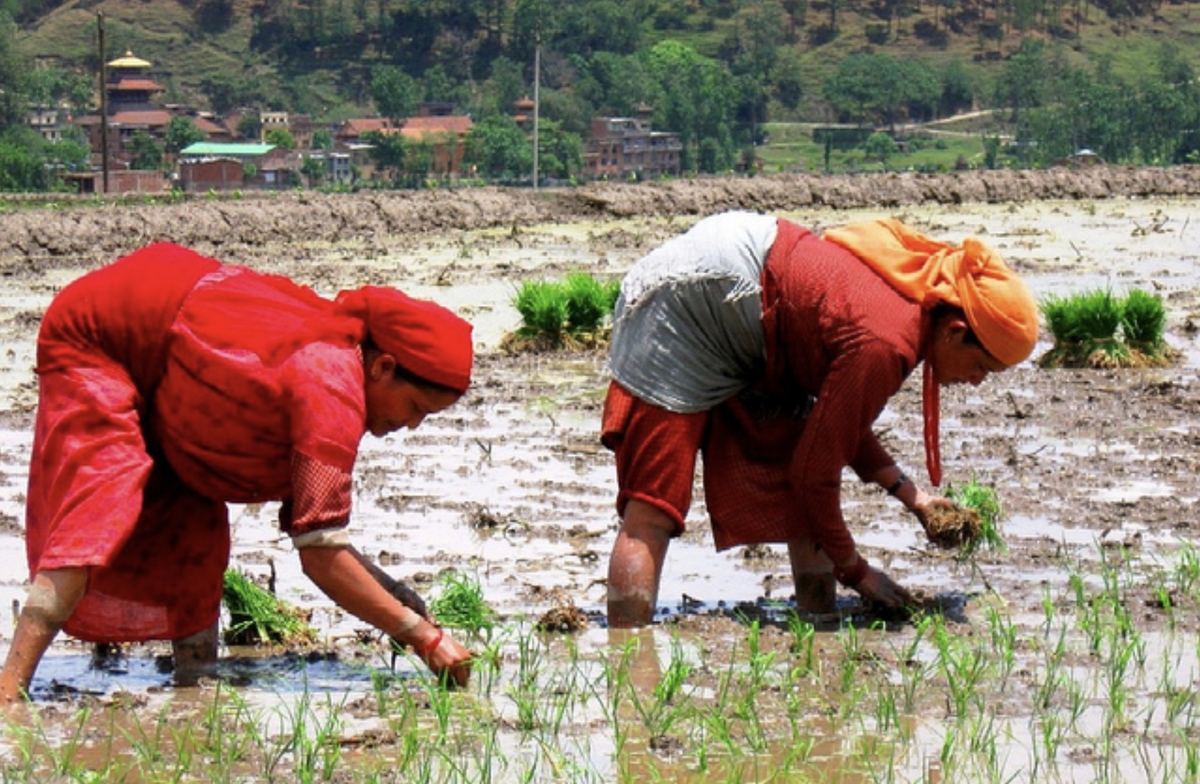
Western urban travelers, a group which includes me, should begin by noticing the motes in our own eyes, the toxic gendered structures we permit in our own “villages,” as we don the mantle of environmental crusader. The unexamined racial and gender strictures we live by are pathways to the unexamined guilt we all bear for the hazards of the Anthropocene. Understanding and addressing destructive gender and racial structures allow us to begin taking responsibility for the wicked environmental mess we are in. We can decide how to erase the inequities we wittingly or unwittingly perpetuate in our own lives as a giant first step. We can examine everything from who owns the land to who prepares the food, from whose voices we respect to whose thoughts we ignore, from who cares about others to who couldn’t care less. Then we can turn our attention to the deeper roots of those inequities that have shaped the Anthropocene: Should land even be owned? What should never be for sale? What counts as a cost and what as an externality? What is a family? How can families ensure that all members thrive equally? What does it mean to thrive? Whose work is deemed most valuable and why?
The environmental toxins that threaten human survival are like the gradual poisoning from arsenic made popular by old mysteries. The symptoms are mild, until they’re not. The racial and gender inequities enabling environmental poisoning have been doing their slow, corrosive work even longer. The structures supporting those inequities are so pervasive (or even flattering, especially to the powerful) that they are often difficult to see. But the threats of the Anthropocene have unpeeled human eyes to many harms long considered benign. Let’s make the Anthropocene an equally potent catalyst for unpeeling our eyes to the invisible harms inflicted on the environment through the neglect or outright exploitation of our fellow humans. Let’s dedicate our environmental work to combatting both kinds of toxicity wherever they are found.
1 State of Food and Agriculture Team and Cheryl Doss, “The Role of Women in Agriculture.” March 2011. http://www.fao.org/docrep/013/am307e/am307e00.pdf. Though women’s participation in the global agricultural labor force varies across regions and within countries, according to social class and age, the average in developing countries is 43 percent. In South Asia and Sub-Saharan Africa, women constitute between 60 and 70 percent of the agricultural labor force. In Cameroon, women supply close to 80 percent of agricultural labor.

